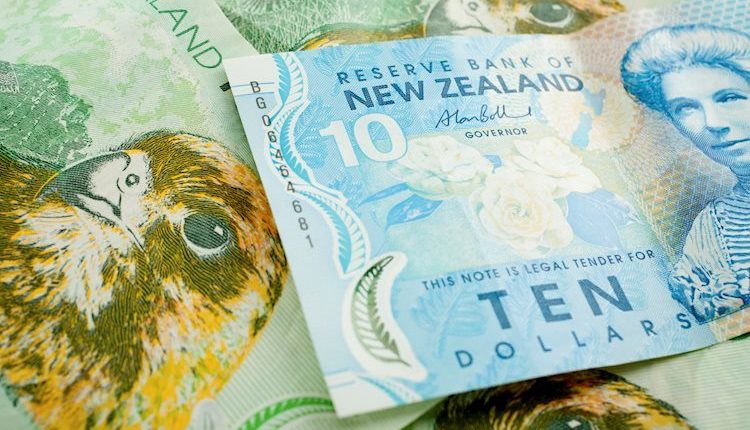- NZD/USD rebounds to near 0.5880 as weak US Services PMI weighs on the US Dollar.
- Fed Powell said officials can afford to be cautious on interest rate cuts.
- The RBNZ is expected to cut its OCR by 50 bps in its first policy meeting of 2025.
The NZD/USD pair bounces back to near 0.5880 in Thursday’s European session after a three-day losing spree. The Kiwi pair rebounds as the US Dollar (USD) drops due to weaker-than-expected United States (US) ISM Services PMI data for November.
Wednesday’s Services PMI data showed that activities in the services sector expanded at a slower-than-expected pace to 52.1 from 56.0 in October. Economists expected the Service PMI at 55.5.
At the time of writing, the US Dollar Index (DXY), which tracks the Greenback’s value against six major currencies, trades cautiously near the key support of 106.00.
Going forward, the next move in the USD will be guided by the US Nonfarm Payrolls (NFP) data for November, which will be released on Friday. Economists expect that the US economy added 200K fresh workers. The Unemployment Rate is estimated to have accelerated to 4.2% from 4.1% in October.
The official labor market data will significantly influence market speculation for the Federal Reserve’s (Fed) likely interest rate path. Meanwhile, the comments from Fed Chair Jerome Powell at the New York Times DealBook Summit on Wednesday indicated that officials could have the comfort of becoming cautious on interest rate cuts, assuming that the economic growth is stronger than what the central bank had anticipated in September.
In the New Zealand (NZ) region, the expectations of more large-size interest rate cuts from the Reserve Bank of New Zealand (RBNZ) would keep the New Zealand Dollar’s (NZD) outlook bearish. The RBNZ has already reduced its Official Cash Rate (OCR) to 4.25% and is expected to cut by 50 basis points (bps) in its policy meeting on February 19.
New Zealand Dollar FAQs
The New Zealand Dollar (NZD), also known as the Kiwi, is a well-known traded currency among investors. Its value is broadly determined by the health of the New Zealand economy and the country’s central bank policy. Still, there are some unique particularities that also can make NZD move. The performance of the Chinese economy tends to move the Kiwi because China is New Zealand’s biggest trading partner. Bad news for the Chinese economy likely means less New Zealand exports to the country, hitting the economy and thus its currency. Another factor moving NZD is dairy prices as the dairy industry is New Zealand’s main export. High dairy prices boost export income, contributing positively to the economy and thus to the NZD.
The Reserve Bank of New Zealand (RBNZ) aims to achieve and maintain an inflation rate between 1% and 3% over the medium term, with a focus to keep it near the 2% mid-point. To this end, the bank sets an appropriate level of interest rates. When inflation is too high, the RBNZ will increase interest rates to cool the economy, but the move will also make bond yields higher, increasing investors’ appeal to invest in the country and thus boosting NZD. On the contrary, lower interest rates tend to weaken NZD. The so-called rate differential, or how rates in New Zealand are or are expected to be compared to the ones set by the US Federal Reserve, can also play a key role in moving the NZD/USD pair.
Macroeconomic data releases in New Zealand are key to assess the state of the economy and can impact the New Zealand Dollar’s (NZD) valuation. A strong economy, based on high economic growth, low unemployment and high confidence is good for NZD. High economic growth attracts foreign investment and may encourage the Reserve Bank of New Zealand to increase interest rates, if this economic strength comes together with elevated inflation. Conversely, if economic data is weak, NZD is likely to depreciate.
The New Zealand Dollar (NZD) tends to strengthen during risk-on periods, or when investors perceive that broader market risks are low and are optimistic about growth. This tends to lead to a more favorable outlook for commodities and so-called ‘commodity currencies’ such as the Kiwi. Conversely, NZD tends to weaken at times of market turbulence or economic uncertainty as investors tend to sell higher-risk assets and flee to the more-stable safe havens.
Read the full article here

